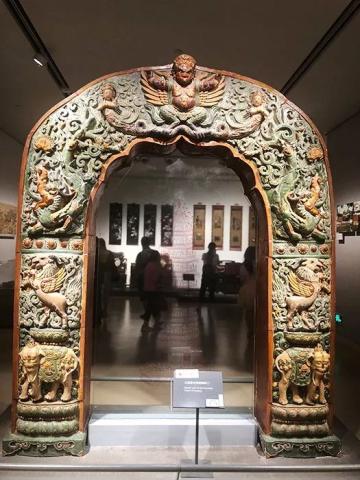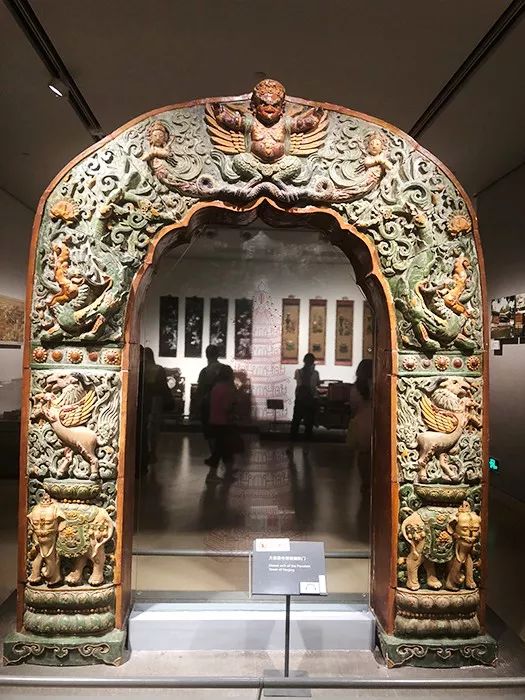
A few months ago, a friend went to the Great Baoen Temple in Nanjing and sent me many photos when he came back. I found it very special, because it does not look like a conventional temple. To be precise, it is a ruins museum built on the site of the original Da Baoen Temple. What's special is that this museum has done a lot of displays that combine art with modern technology to commemorate this temple that was once very famous in the medieval world.
The ruins of Dabaoen Temple have been rebuilt many times over the past thousand years. The first temples built were the Jianchu Temple and the Ashoka Pagoda during the Chiwu Period of the Eastern Wu Dynasty (238-250). After being destroyed several times, Zhu Di, the founder of the Ming Dynasty, rebuilt it and built a glazed pagoda to commemorate the upbringing of Ming Taizu Zhu Yuanzhang and Queen Ma. Later, some historians believed that what he really wanted to commemorate was his biological mother. But who Zhu Di's biological mother is is also a mystery. Because he rebuilt the temple and built the glazed pagoda, he claimed that he was the legitimate son of Queen Ma to consolidate his position. But somewhere in the temple, there is a portrait of his biological mother to express his guilt towards her. The Glazed Pagoda has a total of nine floors, with a height of 78.2 meters and a whole body of colored glaze. During the day, the sunlight shines on the glazed pagoda and sparkles with golden light. At night, 108 monks guard the 146 lamps. It was the tallest building in China until the destruction of the Taiping Heavenly Kingdom. At that time, the Dutch of the East India Company came to China and painted the Glazed Pagoda, which received a strong response in the West. However, because the Dutch painted the wrong number of layers and drew 10 layers (all pagodas in ancient China were odd-numbered), the West later imitated them. The towers built are all 10 stories. And they call the Glazed Pagoda a porcelain tower, but in fact the Glazed Pagoda is made of pottery. But the great influence of the Glazed Pagoda can be seen from the fact that it was called the seven wonders of the world in the Middle Ages ( The Glazed Pagoda of Baoen Temple and The Colosseum in Rome , The Leaning Tower of Pisa , The Great Wall of China and so on are known as the seven wonders of the medieval world and are regarded by Westerners as one of the landmark buildings representing Chinese culture) . Just imagine how beautiful the Glazed Pagoda was at that time. Unfortunately, due to the severe damage, only one arch could be constructed from the excavated glazed tower (before the destruction, there were 8 arches per floor), which is now in the Nanjing Museum.
The glazed arch of Nanjing Museum happened to be the day before I went to Da Baoen Temple. I went to Nanjing Museum.

The current Dabaoen Temple Ruins Park is also very beautiful. It was opened to the public at the end of 2015.


















This is the largest Ashoka Pagoda unearthed in China

Some cultural relics unearthed from Changgan Temple, the predecessor of Dabaoen Temple. Because the things that were excavated for the first time were from the Song Dynasty, it also caused a chill in the hearts of archaeologists, because at that time it was to find the foundation of the Glazed Pagoda. Later, after many demonstrations, it was concluded that the original site of the Dabaoen Temple was in the Song Dynasty. On to the conclusion of the construction.

Unfortunately, not much of the glazed structure of the Great Baoen Temple is left.


The rebuilt Glazed Tower is covered with glass and you can go up there. I didn’t go up this time, so I’ll save it for another time.

